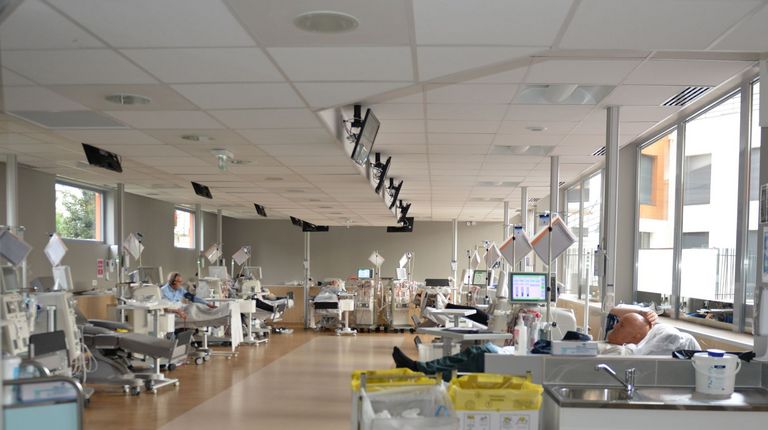
Camps generated a separate society, with its own laws, which constitute a system of its own.

Unlike the management of an exceptional situation, running an established concentration camp called for actual political will (Peschanski, 2002). From then on, it was officially called a “concentration camp.” As of July 2, the role of the French gendarmes was reduced to guarding the La Muette complex from the outside. Brunner was amongst the few men who took their orders directly from Adolf Eichmann. This comprehensive change in camp life was fully established when SS Captain Aloïs Brunner ’s Sonderkommando (literally, "special unit" a term generally used to designate a work unit of Nazi death camp prisoners forced to facilitate the killing process) took charge of it on June 18, 1943. More than a year after the Drancy camp had become a hub for the deportation of Jews from France, its management was completely reorganized. Jean François authorized detainees to receive or send one letter, written on a card, per fortnight, and to receive one bundle of clean clothes and 50 Francs per month. Lippert gave the latter responsibility for supplies and maintenance of the camp. He met his first commander, Lombard, a Gendarmerie captain, and police captain Jean François, who was Deputy Director of the Prefecture of Police. The following day, a German counselor, Lippert, arrived at the Drancy camp. As of August 26, Vice-Admiral François Bard, the Préfet de Police (head of the police service for the area), and General Guilbert, in charge of the Gendarmerie for the area, organized military discipline within the camp, forbidding the detainees from communicating with the outside world. Magny had only been notified of the internment operation the day before, and so it was totally improvised. Instigators and PerpetratorsĬharles Magny, the Préfet of the Seine (the civil servant responsible for administering this region), had his men carry out the arrests under the supervision of the German military, without prior authorization from the Vichy government. These detainees were men between the ages of 18 and 50, including Poles, Romanians and Italians, as well as many Frenchmen, 40 of whom were lawyers. From August 20, 1941, the La Muette complex received 4,232 Jews who had been rounded up in the eastern neighborhoods of, particularly the 11th arrondissement (district), during a three-day operation ordered by the Germans and instigated by Theodor Dannecker, the SS Judenreferent (a Nazi intelligence officer in charge of a special unit responsible for deporting Jews). British and Canadian civilians were brought there, as well as around one thousand French civilians repatriated from Germany. Used to detain Communists during the “Phony War” (September 1939 - May 1940), the La Muette complex then became a “camp for interned British civilians,” known as Frontstalag 111. Nevertheless, the Drancy camp had not originally been designed as a central element in the implementation of the processes of internment, deportation and finally, of destruction of the Jews of France. The whole complex was located near three train stations, of which two had big eastbound switching yards. As a matter of fact, the Drancy Gendarmerie (local headquarters of the gendarmes, a military corps of policemen) remained at La Muette until 1976. A total of 925 housing units had been planned, though they were never occupied before the war, except by the gardes mobiles (soldiers). By 1935, the complex comprised five fourteen-story towers (which were torn down after the Second World War), some four-story buildings that were built perpendicular to the towers, and a U-shaped construction which formed the camp itself. The land for this development had been acquired in 1925 by the Seine Low Cost Housing Office ( Les Habitations bon marché de la Seine).


The Cité de la Muette (the La Muette complex, a housing development) was situated in the district of Drancy, 12 kilometers northeast of, and served as an internment camp for 67,000 of the 75,000 mostly foreign Jews deported from France during the Second World War, before they were sent to death camps in Poland.


 0 kommentar(er)
0 kommentar(er)
